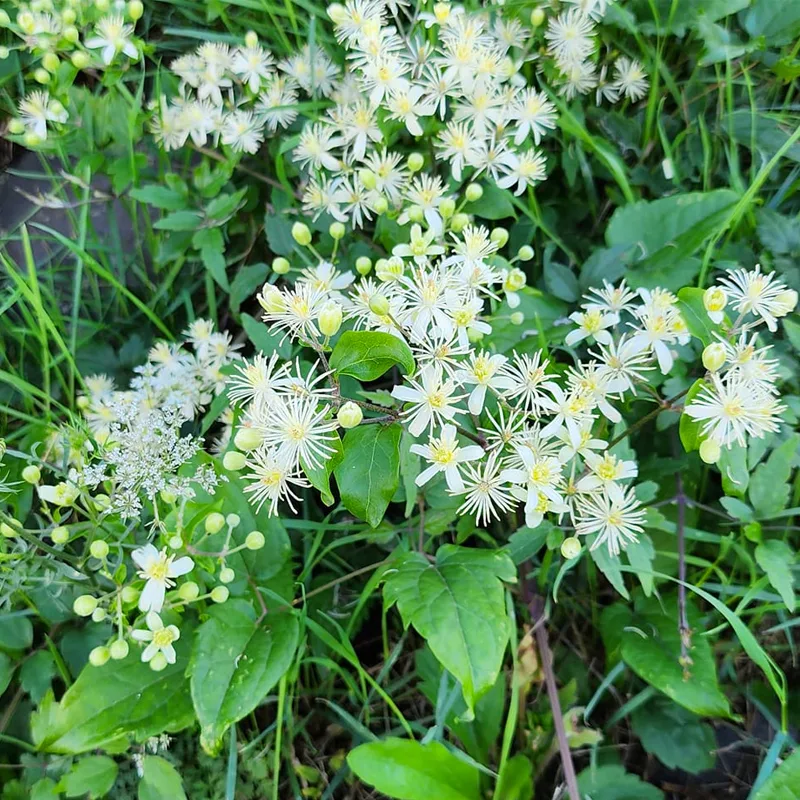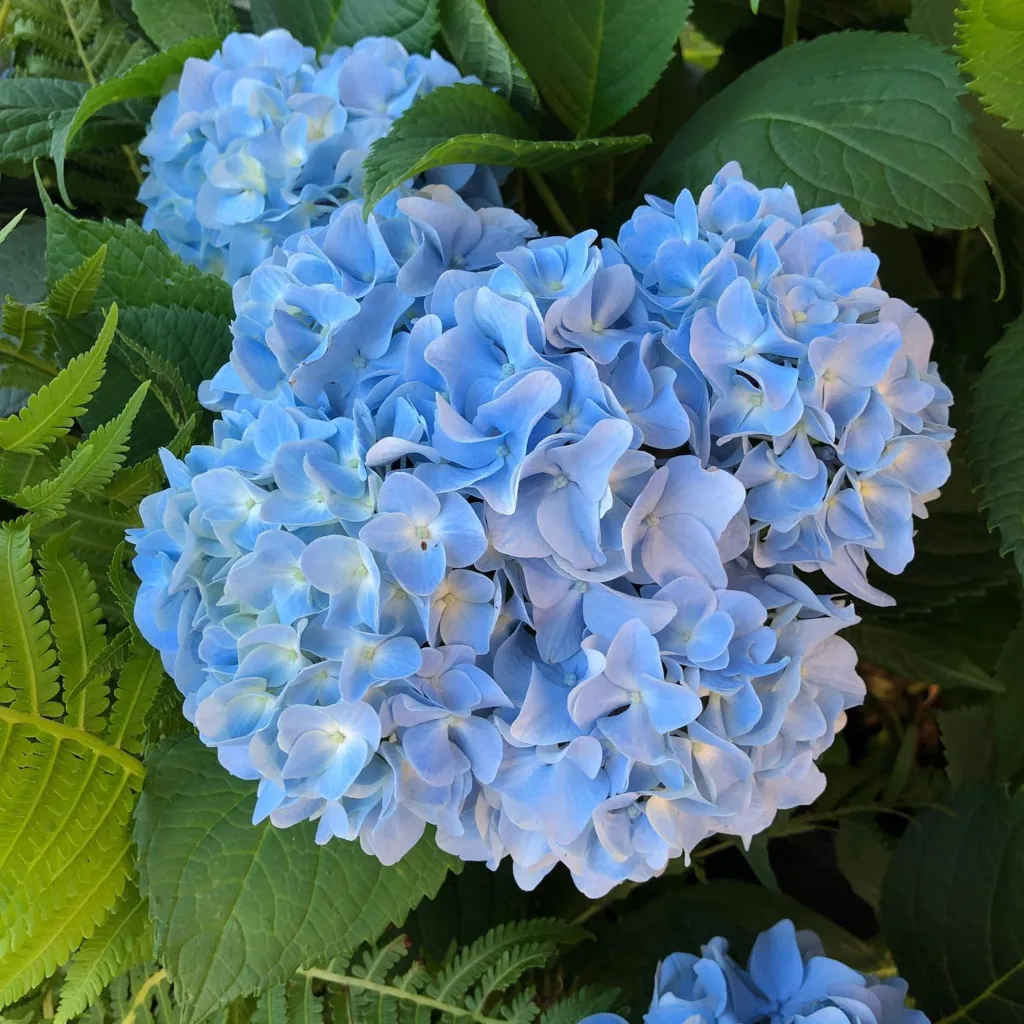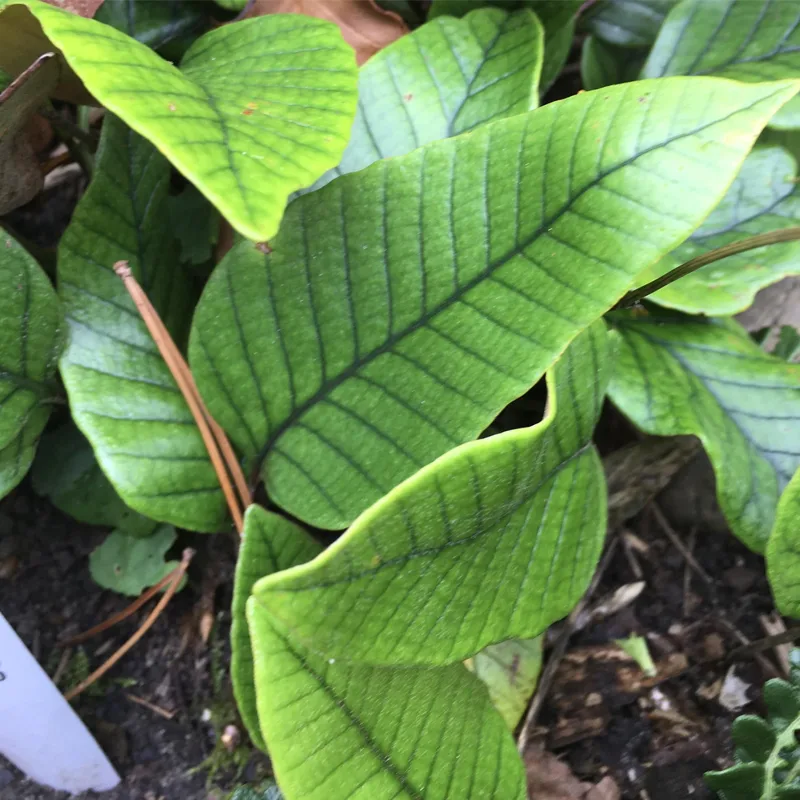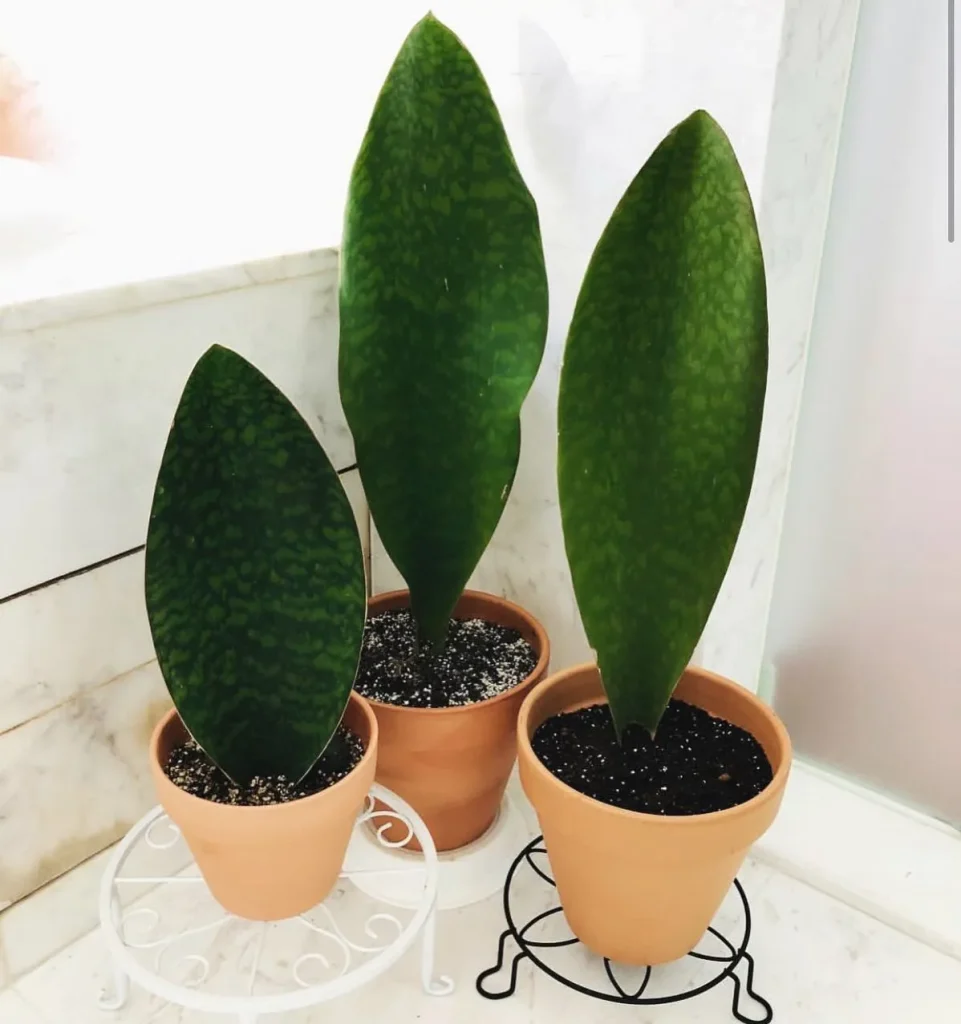February 25 – Nolina
"Nolina, the hardy desert plant, defines February 25."
This plant represents strength and perseverance. You face life’s challenges with resilience, standing tall and thriving in even the harshest conditions.
My Fascination with Nolina
I’ve always been drawn to the unusual, the resilient, the plants that thrive where others struggle. That’s what led me to Nolina, a genus of plants that seem to embody the spirit of the desert. These aren’t your typical delicate flowers; they’re tough, drought-tolerant, and possess a unique beauty that captures the essence of survival in harsh landscapes.
Nolina, also known as beargrass or sacahuista, belongs to the Asparagaceae family. They’re native to Mexico and the southern United States, where they stand tall against the backdrop of arid plains and rocky slopes. What strikes me most about them is their resilience. They’ve adapted to survive in some of the most challenging environments, their thick trunks storing water and their long, slender leaves designed to minimize moisture loss.
A Diverse Genus
The diversity within the Nolina genus is another aspect that fascinates me. Here are just a few of the species that have captured my attention:
- Nolina bigelovii: This species, also known as Bigelow’s nolina, is a true desert survivor. It features a stout trunk and a dense crown of stiff, gray-green leaves.
- Nolina brittoniana: Britton’s nolina is a smaller species, often with a more branching habit. Its leaves are a striking blue-green color.
- Nolina durangensis: Endemic to Mexico, this species is known for its tall, slender trunk and its long, drooping leaves.
- Nolina greenei: Greene’s nolina is another impressive species, with a massive trunk that can reach several feet in diameter. It’s a true testament to the plant’s ability to store water.
- Nolina lindheimeriana: Lindheimer’s nolina, also known as devil’s shoestring, has incredibly tough leaves that were traditionally used for making ropes and baskets.
- Nolina matapensis: The Skyrocket nolina has a distinctive form with a tall, unbranched trunk topped with a dense cluster of leaves.
- Nolina microcarpa: This species is notable for its small, compact size and its ability to form dense colonies.
- Nolina nelsonii: Nelson’s nolina is a majestic species with a tall, branching trunk and a crown of bluish-green leaves.
- Nolina parryi: Parry’s nolina is another large species with a distinctive silhouette. Its leaves are a beautiful silvery-gray color.
- Nolina texana: Texas sacahuista is a common sight in Texas, where it forms large colonies in grasslands and open woodlands.
- Nolina arenicola Correll
- Nolina atopocarpa Bartlett
- Nolina azureogladiata D.Donati
- Nolina beldingii Brandegee
- Nolina brandegeei (Trel.) L.Hern.
- Nolina caxcana Ruiz-Sanchez, P.Carrillo & L.Hern.
- Nolina cespitifera Trel.
- Nolina cismontana Dice
- Nolina erumpens (Torr.) S.Watson
- Nolina excelsa García-Mend. & E.Solano
- Nolina georgiana Michx.
- Nolina hibernica Hochstätter & D.Donati
- Nolina humilis S.Watson
- Nolina interrata Gentry
- Nolina juncea (Zucc.) J.F.Macbr.
- Nolina micrantha I.M.Johnst.
- Nolina orbicularis L.Hern.
- Nolina palmeri S.Watson
- Nolina parviflora (Kunth) Hemsl.
- Nolina pollyjeanneae Hochstätter
- Nolina pumila Rose
- Nolina rigida Trel.
- Nolina robusta L.Hern.
- Nolina rodriguezii Ruiz-Sanchez, P.Carrillo & L.Hern.
- Nolina watsonii (Baker) Hemsl.
More Than Just a Pretty Face
Beyond their aesthetic appeal, Nolinas have played a significant role in human history. Native Americans have long utilized these plants for practical purposes. The strong, fibrous leaves were woven into baskets, mats, and even sandals. The trunks were used for building materials, and the seeds were sometimes ground into flour. This connection between humans and plants highlights the important role Nolina has played in the cultural and ecological landscape.
A Growing Passion
My interest in Nolina continues to grow. I find myself seeking out these plants in botanical gardens and nurseries, eager to learn more about their unique characteristics and cultivation needs. I’m particularly interested in their ability to thrive in low-water conditions, a trait that makes them increasingly valuable in a world facing water scarcity.
Whether I’m admiring their striking forms in their natural habitat or cultivating them in my own garden, Nolina never ceases to amaze me. These resilient plants are a testament to the power of adaptation and a source of inspiration for anyone who appreciates the beauty and diversity of the natural world.
If i die, water my plants!



